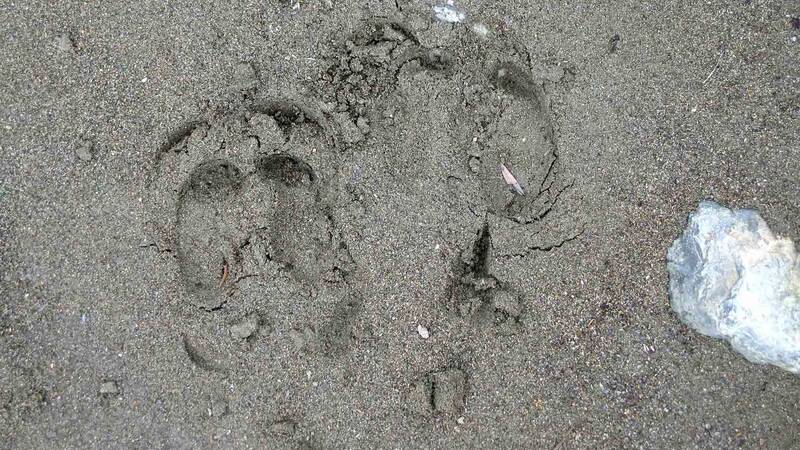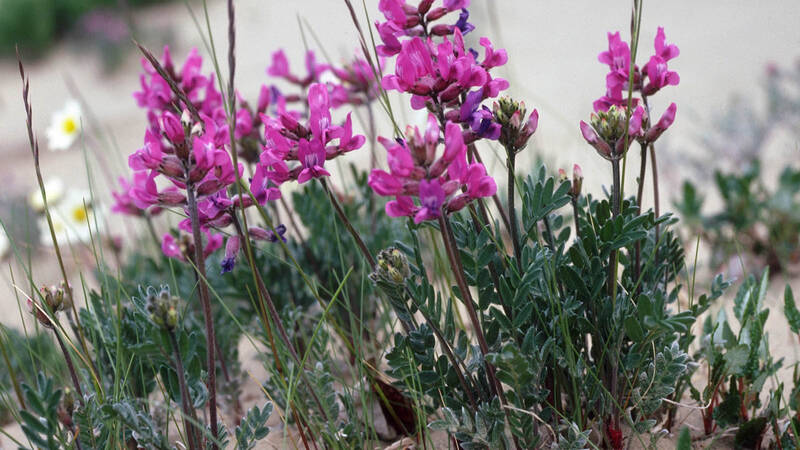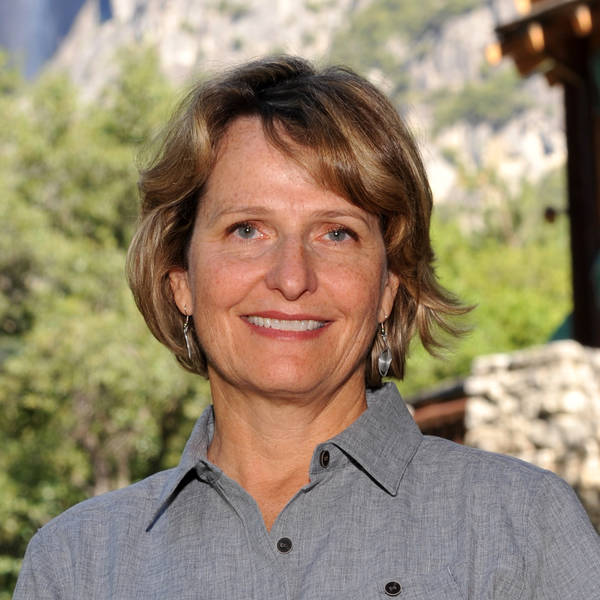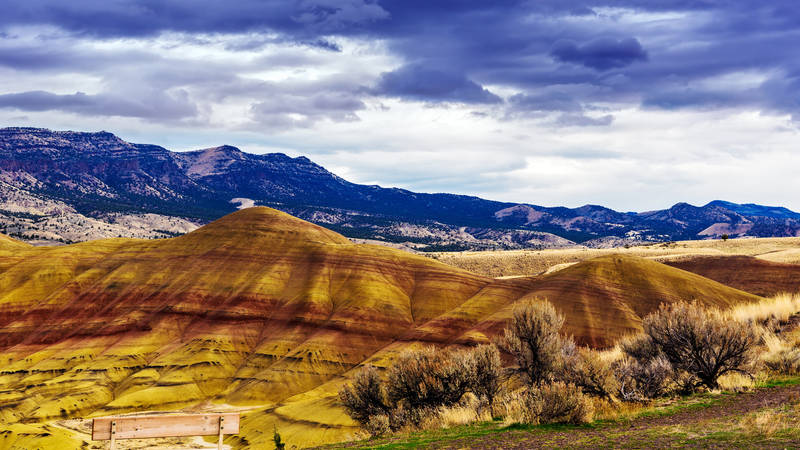NPCA’s president and CEO shares why this remote part of Alaska and its national parks must be protected from an industrial mining road.
My first experience camping in Alaska’s remote wilderness was in Kobuk Valley National Park with my son and a group from NPCA in 2007. It’s the farthest west I’ve ever been. We were dropped off by plane onto a small sandy strip of land on the bank of the Kobuk River. We camped, hiked and took in the beautiful and completely wild surroundings in this part of the state, which is about 500 miles northwest of Anchorage. We found wolf tracks outside our tent and caribou tracks throughout the park.
The endless dunes and mountains left me feeling small by the vastness of it all. As I lay awake in my tent, armed with bear spray and my whistle, I felt so lucky to be there and so completely out of my element. It is like no place I’ve ever experienced.
The 380-mile-long Kobuk Wild & Scenic River originates in Alaska’s Brooks Range within Gates of the Arctic National Park and Preserve and flows through Kobuk Valley National Park. Along with the adjoining Noatak National Preserve and nearby Bering Land Bridge National Preserve and Cape Krusenstern National Monument, these parks comprise the largest continuous, ecologically intact landscape of national park lands in the country. The Kobuk River’s abundant fish and wildlife provide spiritual, cultural and nutritional sustenance to over a dozen Inupiat and Athabaskan Alaska Native Tribes.
The proposed 211-mile industrial Ambler mining road would damage this resilient — but not indestructible — ecosystem to the point that it would never fully recover. We just can’t let that happen.
It’s heartbreaking but not surprising to see that the Kobuk landed on American Rivers Most Endangered Rivers® of 2024 list. The proposed 211-mile industrial Ambler mining road would damage this resilient — but not indestructible — ecosystem to the point that it would never fully recover. We just can’t let that happen.
NPCA, alongside Alaska Native Tribes, local communities and millions of Americans have long opposed the industrial Ambler Road because it would disrupt caribou migration, the subsistence lifestyles of rural Alaskans, and the integrity of Gates of the Arctic National Park and Preserve.

Caribou travel many miles on their migrations. Their tracks can be distinguished by the rounded toe tips and comma-shaped hooves.
NPSIt would destroy and pollute Arctic lands and waters, and harm the health of wildlife and people across a broad region in the southern Brooks Range. The proposed road’s path could also threaten the survival of the Western Arctic Caribou Herd, which is one of North America’s largest. The herd undertakes the longest land migration of any animal on Earth each year through Alaska’s roadless and intact lands and waterways.
More than 20 million acres of national parklands — nearly a quarter of the acres in the entire National Park System — would be harmed by this private mining road.
More than 87% of people in the U.S. support protecting the Arctic caribou from mining development. The proposed industrial road would include a mining corridor with large trucks plowing across lands and waters otherwise only traveled by caribou and Alaska Native Tribes. These trucks would transport hazardous materials many times a day, raising concerns about asbestos-laden dust and the potential risk for spills along the route, which crosses nearly 3,000 rivers and streams including the Kobuk. The road could pose a serious barrier for the caribou herd in its annual journey, moving them further west and away from Alaska Native villages that depend on the caribou for traditional subsistence use.
During our trip to the Kobuk Valley, we had the privilege of speaking with members of Alaska Native Tribes who shared their stories and culture with us, giving us a glimpse into their traditions and deep knowledge of this landscape and waterways. That trip opened my eyes to what this valley and river mean not only to me and the visitors who make their way to this remote region, but also to the 66 Native Tribes who would be directly impacted by the proposed Ambler mining road.

Oxytropis kobukensis grows in only one place in the world, the Kobuk Valley on and around the sand dunes.
NPSThe health of our national parks and wildlife is directly linked to the health of the rivers that flow through them. I cannot imagine a worse place for destructive, industrial mining operations than here. More than 20 million acres of national parklands — nearly a quarter of the acres in the entire National Park System — would be harmed by this private mining road. Just as significant, Alaska Native Tribes would be permanently affected, putting at risk the lives and traditions of vulnerable community members and food sources for families. This road puts all of this at risk.
Pledge to continue to support and protect the Western Arctic caribou, Alaska Native communities and Alaska’s spectacular parklands.
After decades of work, we are standing as united park advocates all over the country. Join us in protecting and preserving the beautiful parks of Alaska.
Add Your NameThis unspoiled place is so remote that not many will ever see it with their own eyes. But you don’t have to travel to the wilds of Alaska to appreciate that it should exist. Believe me — there is no place like it. It’s much too special to lose.
I hope that sounding the alarm about the threats to the Kobuk Wild & Scenic River will inspire action. Please join us in calling on President Biden to say NO to Ambler Road by revoking the industrial mining road permits.
Stay On Top of News
Our email newsletter shares the latest on parks.
About the author
-
 Theresa Pierno President and CEO
Theresa Pierno President and CEOTheresa Pierno is President and CEO of the National Parks Conservation Association. She joined NPCA in 2004 after a distinguished career in public service and natural resource protection, and has helped to solidify the organization's role as the voice of America's national parks.
-
General
-
- NPCA Region:
- Alaska
-
-
Issues


